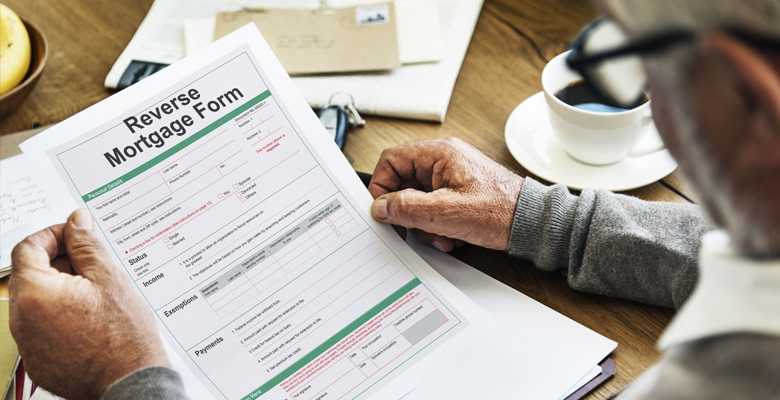There is a lot of confusion surrounding what a reverse mortgage is, who it’s for, and how they work. You may have heard its name and wondered exactly what it might be.

Often considered a last resort source of income for most people in the past, nowadays reverse mortgages have become a great retirement planning tool for many homeowners. Reverse mortgage loans have been around in some shape or form since the 1960s, however, the first federally insured reverse mortgage was introduced in 1989.
What is a Reverse Mortgage?
Typically reserved for older homeowners and seniors aged 62 and up, a reverse mortgage is a type of home loan that—as its name implies—acts in the reverse of a traditional mortgage.
A reverse mortgage, not to be confused with a regular mortgage, is a type of home loan targeted specifically toward older homeowners and seniors aged 62 and up. The Home Equity Conversion Mortgage (HECM) is a reverse mortgage program insured by the Federal Housing Administration (FHA) which enables you to withdraw some of the equity in your home.
Whereas normally one would receive a loan from their bank that would allow them to purchase a home with the real estate as collateral (a normal mortgage) a reverse mortgage is quite the opposite. While a mortgage is a falling debt, rising equity loan, a reverse mortgage is a falling equity, rising debt loan.
How Does a Reverse Mortgage Work?
With a reverse mortgage, you make no monthly payments. Actually, a lender makes payments to you! Based on the value of your home, you can draw out funds, so interest accrues on the loan and the balance grows.
Where in a traditional mortgage your equity would grow while you make payments, a reverse mortgage works in that your equity decreases while your lender makes payments to you.
Reverse mortgage borrowers have a great deal of freedom and flexibility in how they receive their payments. You can withdraw a lump sum of cash, receive a monthly payment, or take out a line of credit.
In essence: a reverse mortgage enables homeowners to convert their home equity—the market value of your property unencumbered with interest—into cash with no monthly mortgage payments. The borrower can receive an amount of money determined by the age, interest rates, and the lesser of the home’s appraised value, sale price, and maximum lending limit.
How Are Payments Received?
For adjustable interest rate mortgages, you can select one of the following payment plans:
- Tenure: equal monthly payments as long as at least one borrower lives and continues to occupy the property as a principal residence.
- Term: equal monthly payments for a fixed period of months selected.
- Line of Credit: unscheduled payments or in installments, at times and in an amount of your choosing until the line of credit is exhausted.
- Modified Tenure: combination of line of credit and scheduled monthly payments for as long as you remain in the home.
- Modified Term: combination of line of credit plus monthly payments for a fixed period of months selected by the borrower.
For fixed interest rate mortgages, you will receive the Single Disbursement Lump Sum payment plan. This is a single lump sum received at the closing of the mortgage.